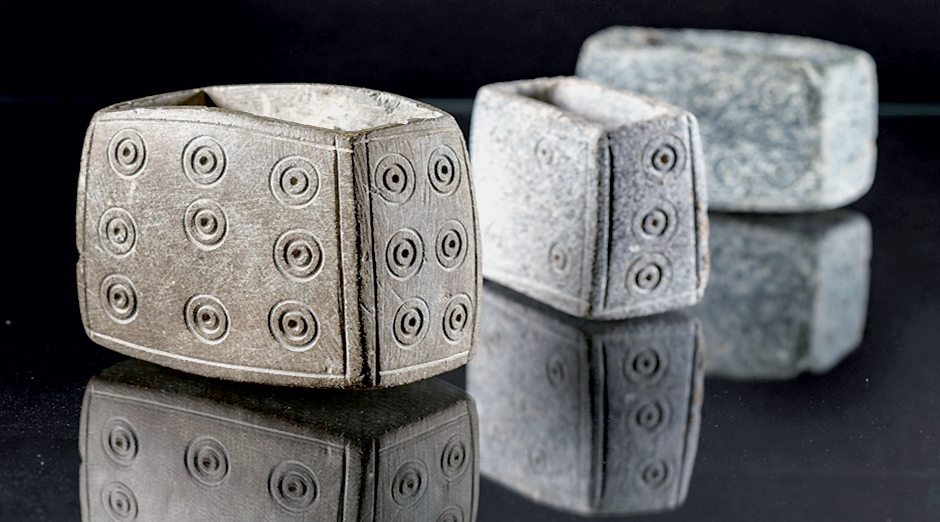

Three ancient settlements have been unearthed at a site in Qamira in the Wilayat of Dhank. The archaeological excavations, completed by the Ministry of Heritage and Culture in collaboration with the Warsaw University of Poland, recently discovered the settlements that extend from the Neolithic Age, the Bronze Age and the Iron Age in Ain Bani Saaeda. The first area (Qamira 1) is a cemetery dating back to the third millennium BC. The second (Qamira 2) is a settlement dating back to the Neolithic period and the third (Qamira 3) a settlement dating back from the Bronze Age to the Iron Age. Surveys were conducted at other sites (Qamira 20 and 21) by collecting samples that indicate they date back to the Second Iron Age.

The site gains importance because of its links to trade related to copper, besides the availability of water, the reason for colonisation for a long period: from the third millennium to the first BC and the Islamic period. At Qamira 1, one of the tombs was excavated. It was a mass grave containing four burial chambers. Numerous skeletal remains were found with many funerary artifacts, including pottery vessels, stones, beads and arrows. Excavations at Qamira 2 revealed the remains of residential buildings built on stone foundations. The findings also included a circular tower and a number of local and imported pottery fragments.
At Qamira 3, ancient buildings built on stone foundations with complex divisions were found. The settlement was connected to three stone towers, one of which is similar to the Rajum Tower at the archaeological site of Bat.
Zainab al Nassriya
Oman Observer is now on the WhatsApp channel. Click here



